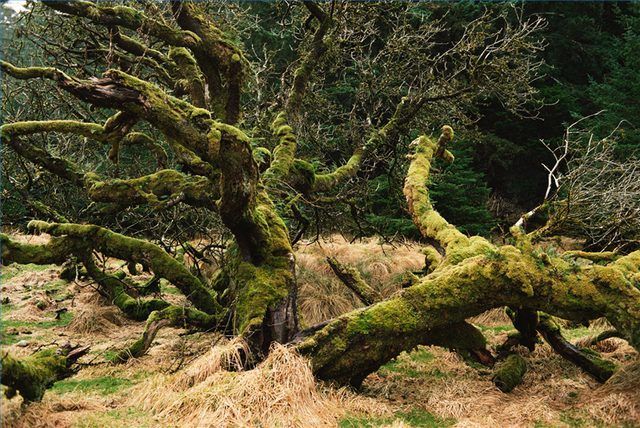Bulbs
Flower Basics
Flower Beds & Specialty Gardens
Flower Garden
Garden Furniture
Garden Gnomes
Garden Seeds
Garden Sheds
Garden Statues
Garden Tools & Supplies
Gardening Basics
Green & Organic
Groundcovers & Vines
Growing Annuals
Growing Basil
Growing Beans
Growing Berries
Growing Blueberries
Growing Cactus
Growing Corn
Growing Cotton
Growing Edibles
Growing Flowers
Growing Garlic
Growing Grapes
Growing Grass
Growing Herbs
Growing Jasmine
Growing Mint
Growing Mushrooms
Orchids
Growing Peanuts
Growing Perennials
Growing Plants
Growing Rosemary
Growing Roses
Growing Strawberries
Growing Sunflowers
Growing Thyme
Growing Tomatoes
Growing Tulips
Growing Vegetables
Herb Basics
Herb Garden
Indoor Growing
Landscaping Basics
Landscaping Patios
Landscaping Plants
Landscaping Shrubs
Landscaping Trees
Landscaping Walks & Pathways
Lawn Basics
Lawn Maintenance
Lawn Mowers
Lawn Ornaments
Lawn Planting
Lawn Tools
Outdoor Growing
Overall Landscape Planning
Pests, Weeds & Problems
Plant Basics
Rock Garden
Rose Garden
Shrubs
Soil
Specialty Gardens
Trees
Vegetable Garden
Yard Maintenance
How to Remove Ball Moss From Trees
How to Remove Ball Moss From Trees. Ball moss, part of the bromeliad family, resemble small, pale green tumbleweeds attached to the branches of trees. It uses the tree branches for support and is not a parasite. Trees provide the perfect combination of shade, humidity and limited airflow allowing it to pull all the food and moisture it needs from...

Ball moss, part of the bromeliad family, resemble small, pale green tumbleweeds attached to the branches of trees. It uses the tree branches for support and is not a parasite. Trees provide the perfect combination of shade, humidity and limited airflow allowing it to pull all the food and moisture it needs from the surrounding air. When ball moss becomes overwhelming however, it can be unsightly. Read on to learn how to remove ball moss from trees.
Things You'll Need
Potassium Bicarbonate or Copper Fungicide
Ladder
High Pressure Sprayer
Prune the tree first, in the very early spring or very late winter when foliage is at its thinnest. This will take care of some of the ball moss first and make the job easier.
Spray the ball moss with a potassium bicarbonate (an organic fungicide that works on ball moss, as well as powdery mildew) mixture according to the packaging directions. You can also use a copper-based fungicide which you can find in most gardening centers.
As the ball moss dies--usually within five to seven days--it will lose its hold on the tree branches. Wind and rain will cause most of the ball moss to fall to the ground. Remove the remaining ball moss by hand if there are still quite a few clinging to the branches.
Prevent ball moss from taking over your trees by pruning and trimming your trees, keeping deadwood to a minimum.
Tips & Warnings
Instead of using a fungicide, you can also physically remove it which is time consuming. Pruning early can prevent ball moss from becoming a bigger problem later.
Use a high pressure sprayer with great care. Spraying too forcefully will break the smaller branches and damage the bark of your tree.
Clean the tank of the pressure sprayer very thoroughly to remove any residue of other herbicides or pesticides. Not only could residue from products used for other purposes damage your trees, but a serious chemical reaction could occur.